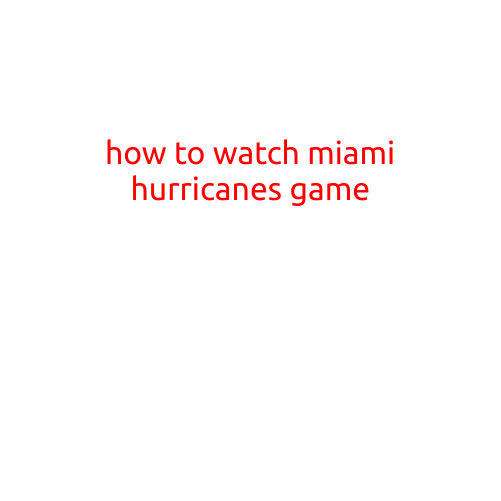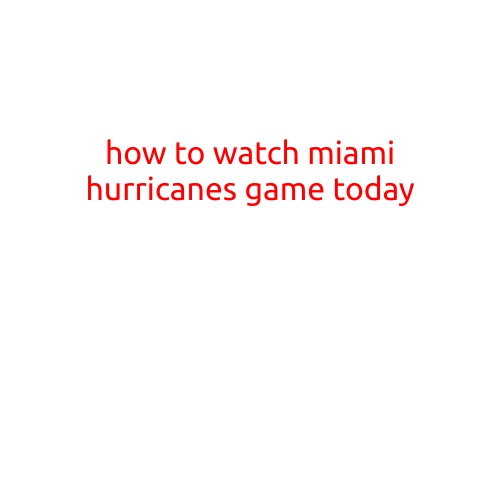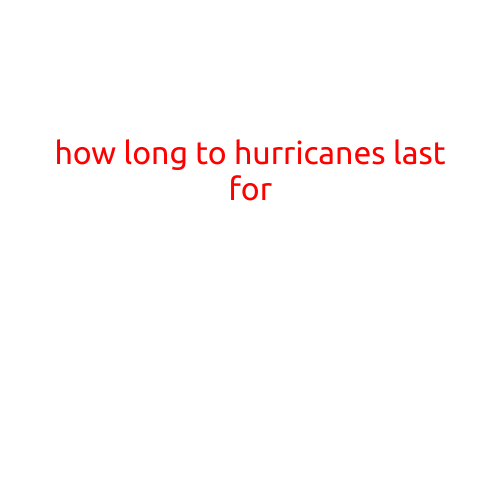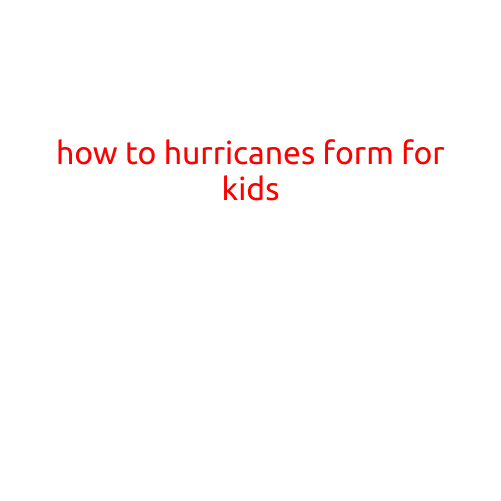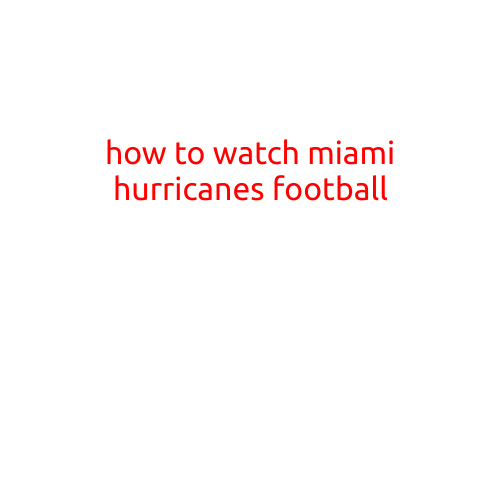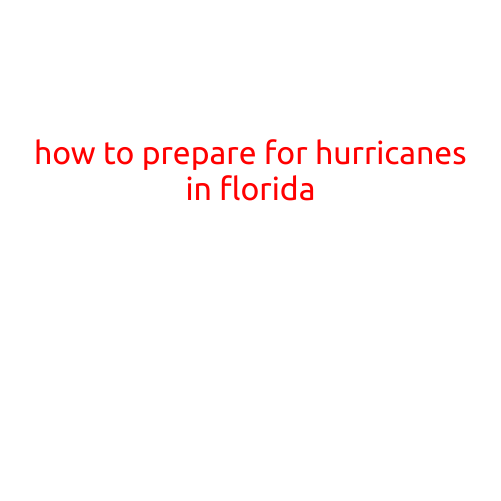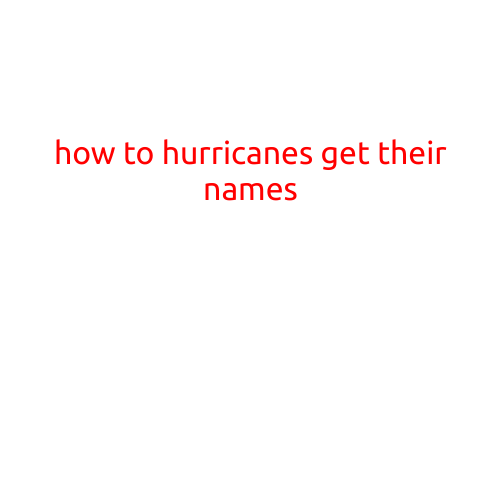
How to Hurricanes Get Their Names
Hurricanes are powerful tropical cyclones that can bring destruction and chaos to coastal communities. But have you ever wondered how these storms get their names? The process of naming hurricanes is a complex one that involves coordination between meteorologists, government agencies, and international organizations. Here’s a behind-the-scenes look at how hurricanes get their names.
The History of Hurricane Naming
The practice of naming hurricanes dates back to the 19th century, when storms were identified by their location or the date they formed. However, this system was cumbersome and caused confusion, especially when multiple storms occurred in the same area. In the 1950s, meteorologists began using women’s names to identify hurricanes, starting with a list of 21 names. The list was created by the National Weather Service (NWS) and the World Meteorological Organization (WMO).
The List of Names
Today, the list of hurricane names is maintained by the WMO and is used by meteorologists around the world. The list consists of 21 names for each alphabetical letter, with five lists being used rotationally. This means that the same list of names is not repeated for at least 25 years. The lists are designed to be easy to spell and pronounce, with no names of people who have died in or been associated with hurricanes.
The Naming Process
So, how do hurricane names get assigned? Here’s the process:
- List Preparation: The WMO draws up a list of names at the start of each year. The lists are created in advance to ensure consistency and to avoid confusion.
- Storm Naming: When a storm forms, meteorologists use a computer system to identify its characteristics, such as its location, wind speed, and pressure.
- First Named Storm: The first storm of the year is given the first name on the list, which is alphabetical for that year. For example, if the first storm is a tropical depression in May, it would be given the name “Alex”.
- Subsequent Storms: Each subsequent storm is given the next name on the list. If the list runs out of names, the storm is referred to as “unnamed” until the next list is used.
Interesting Facts
- Inconsistent Names: Not all flood events or storms are hurricanes. Flood events are typically referred to by their location, while nor’easters are often referred to by a combination of the date they formed and their location.
- Retired Names: If a hurricane is particularly devastating or deadly, its name is “retired” from the list, replaced by a new name. This is done to avoid using a name that may be associated with a traumatic event.
- Global Coordination: The WMO coordinates with meteorological organizations around the world to ensure consistency in naming storms. This helps to avoid confusion and ensures that storms are identified correctly.
Conclusion
The process of naming hurricanes is a complex and nuanced one that requires coordination between meteorologists, government agencies, and international organizations. By understanding how hurricanes get their names, we can better appreciate the importance of accurate storm naming and the role it plays in protecting lives and property.
